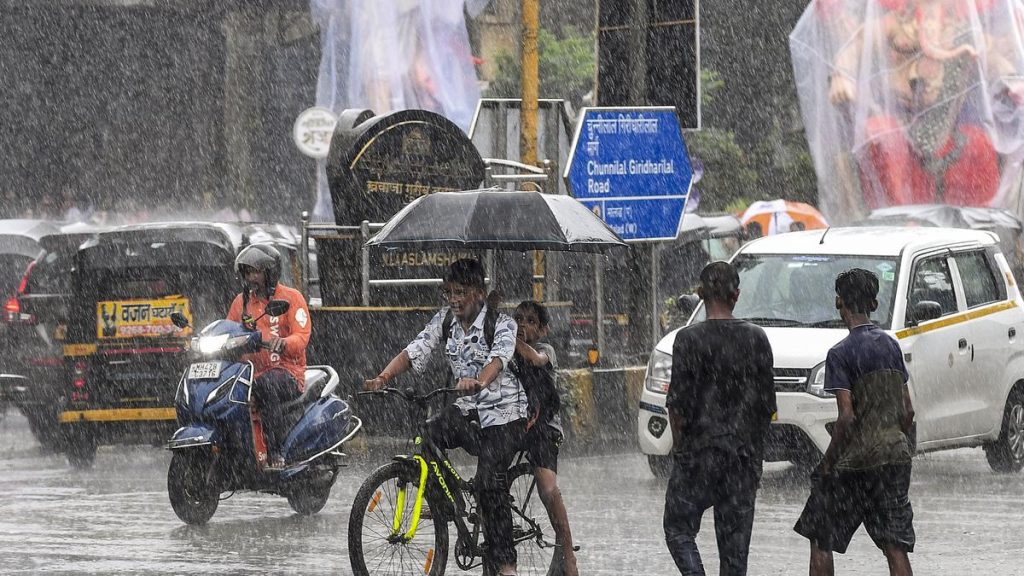Now Reading: Uttarkashi Village Vanishes in a Day
-
01
Uttarkashi Village Vanishes in a Day
Uttarkashi Village Vanishes in a Day
Speedy summary
- Location and Incident: Dharali,a Himalayan village in Uttarakhand,suffered catastrophic flash floods and landslides on August 5,2025,due to heavy rainfall.
- Impact: Floodwaters from the Kheer Gad stream destroyed over 150 hotels, homestays, apple orchards, and an Army camp in neighboring Harshil. A population of less than 1,000 was affected alongside a high tourist influx. Sludge reaching heights of up to 30-40 meters has buried the area.
- Casualties and Rescue Operations: One body recovered; 69 are missing including nine Army personnel and several Nepali workers. Around 1,400 people were airlifted by helicopters. Search operations using thermal imaging cameras continue under hazardous conditions.
- Infrastructure Damage: Roads connecting villages have been washed away; bridges rendered unfit for use. Relief work impeded by unstable terrain and persistent rains.
- Trauma Among Survivors: Villagers are experiencing severe anxiety due to the disaster’s repeated impact within hours of flooding; temporary health posts set up for counseling pregnant women and other survivors.
- Cause Analysis: Overdevelopment near streams defying environmental regulations cited as contributing factors by experts; Dharali had faced similar flood damage during Uttarakhand’s Kedarnath disaster (2013).
- Cultural Loss: The Kalp Kedar temple linked to Hindu mythology was flattened.
Images included highlight ongoing rescue efforts (sludge excavation), devastated areas (damaged roads/bridges), community trauma reports (pregnant women airlifted), retrospective shots illustrating Himalayan fragility over recent years.
Indian Opinion Analysis
The Dharali floods underscore the vulnerability of settlements in ecologically fragile zones such as Uttarakhand’s Himalayas. While climate change may intensify rainfall patterns globally, environmentalists argue localized issues like unchecked construction along sediment-prone streams exacerbate risks significantly. Balancing tourism-driven economic needs with ecosystem preservation emerges as vital yet neglected governance priority.
Rescue operations demonstrate commendable coordination among national agencies but reveal infrastructural gaps-collapsed roads/bridges impair responses despite aerial aid being mobilized effectively with helicopters. Persistent rains add complexity involving contingent recovery strategies adaptable against gradual worsening long-term displacement crises post-disasters periodically testing mountainous states face evolving hydrology estimates affecting viable habitation spots sustainably meanwhile ethical-secular tones register respectful adaptive preplanning-measured site/advancement tragic-learning-options






















